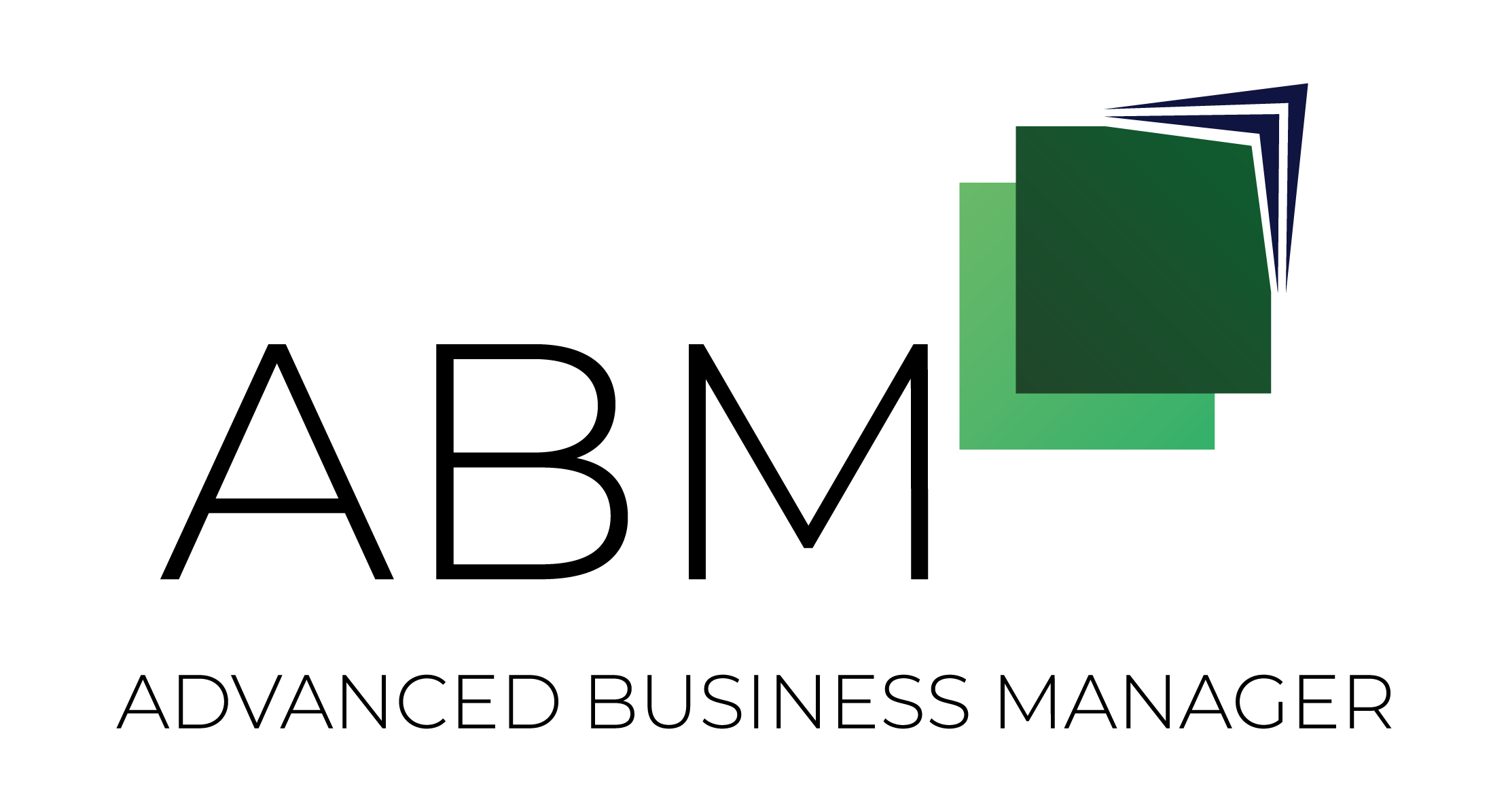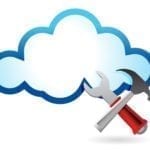Asset tracking is about capturing up-to-date information on your most valuable equipment. It's a way of recording location and usage information to ensure your items are safe. However, good asset tracking software also forms the basis of effective business processes, as well as informing operational decision-making.
What is an asset tracking system?
Asset tracking is the process of recording and managing valuable items that a business owns. It involves logging every piece of equipment so you can record daily use and other key details in one centralised system. The aim is not only to ensure you know where your key assets are, but that they're cost-effective business tools that are also being properly maintained.
At a basic level, asset tracking systems provide a procedure for staff to log when they use equipment and where they take it. However, they can also be used to keep track of your assets in a large warehouse environment so that staff can locate items quickly. You might also record details such as model and make, when maintenance is due or how much use the item has had.
By logging this type of information in one centralised system, anyone can access it whenever they need to, which keeps your business operations moving 24/7. Employees can locate the equipment they need quickly and avoid unnecessary project delays. Administrators can access data reports to ensure that they send machinery for maintenance as required, order spare parts and deal with lease renewals on time.

How does asset tracking work?
Different systems use various types of technology to ensure assets are accurately tracked.
Asset tracking systems include:
- Manual systems: Some companies use software to track their most valuable items, but require staff to manually log items in and out.
- Barcode tags: Attaching barcode tags to equipment allows colleagues to quickly scan the item, which automatically updates the software record to show they're using it.
- RFID tags: Radio-frequency identification (RFID) tags use an antennae to transmit location data. These types of tags don't always send data over long distances but are useful for keeping a close eye on the location of your items within a defined area.
- GPS: A real-time solution to asset tracking, GPS allows your team to view the exact location of an item. This is great for high-value pieces of equipment left overnight on client sites, or where another third party is involved, such as during shipping.
What are the business benefits of asset tracking?
Operational efficiency
Smaller assets that are passed from person-to-person can also get lost more easily. They can be missed during routine clean ups, falling into a box or behind another piece of equipment. When there's no accountability for these items, there's no incentive to look after items more carefully.
However, lost or misplaced items can cause huge amounts of wasted time while the next person searches for the item they need. An asset tracking system encourages employees to look after every piece of equipment you track, as they'll be questioned when an item they checked out is missing.
Employee insight
While there's no need to adopt big brother style protocols, asset tracking does help you identify how your staff are using the equipment you're paying for. You can see how long they have an item for, and compare that to how long you think the job should take.
This may help you identify your fastest workers, or adjust how you estimate the time required to complete certain tasks and how much you charge.

Centralised records
Asset tracking isn't just about knowing where your items are. It's a way of tracking every bit of information about that piece of equipment. This means you can record details about maintenance work that's due, when an item is up for replacement, when your leasing arrangements expire, as well as who uses equipment, when they need it and how long they have it for.
Having this type of information in one place makes it easy for your administrative staff to arrange for equipment to be in the right place at the right time whether for a service or an internal job. By seeing how an item is used, they can also make data-driven business decisions about what equipment the company needs going forward and when it's worth hiring in extra.
Theft deterrence
Whether you're concerned about internal security or external thieves, asset tracking technology helps to reduce the risk of items going missing. Especially where you're concerned about behaviour amongst your employees, making it public knowledge that every item is logged and tracked should dissuade them from doing anything against the rules.
Meanwhile, for thieves outside of your organisation, you can advertise around the premises that all equipment is monitored and tracked.
In any case, it could help validate insurance claims should an item go missing.
Asset tracking in action
To see for yourself how asset tracking can work wonders for your business, request a free demo with Advanced Business Manager today. Our unique asset management system comes with a simple user interface, comprehensive reporting and easy-to-use search functionality.






